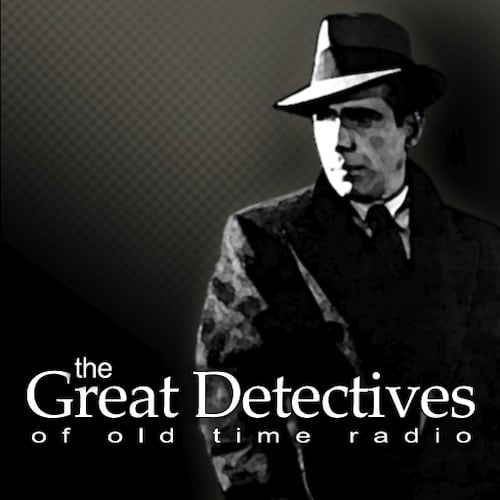For Roland March, it’s pretty simple, either he’s going back (to being homicide detective) or he’s going out (as in completely out of the Houston PD) March made headlines seven years before when he solved a sensational murder, but the high expectations caused by the publicity of the case combined with a personal tragedy led to a decline in his work where he’s on one dead end assignment after another, most regularly working a sting where police capture stupid wanted felons lured into the open with the promise of winning a free car contest.
March makes some keen observations at scene of the murder of an inner city drug dealer. March believes that the murder is tied into a nationally covered disappearance of a teenage girl. He goes against orders to look into the angle and gets yanked off the case and on to the task force looking into the disappearance, another dead end. Can March somehow parlay his hunches, uncover the secrets of a group of crooked cops, and stay alive so that the get his career and life back on track.
The book is remarkably well-written and has high quality throughout most of it. March is a fantastic character with his own set of inner demons. March’s narration varies from hard boiled wry cop sarcasm to poignancy, to vivid and powerful word images that paint as clear a picture of 21st Century Houston as Raymond Chandler’s Marlowe’s stories did of 1940s Los Angeles. The character does change as the story goes on. He becomes more of a team player. At the beginning of the book, his focus is really on him: The quest to get back into Homicide. As his focus shifts to the case at hand, actually getting his man leads to real cooperation.
The mystery is a clever tangled web of intrigue that intersects with crooked cops, with honest efforts to help other, and an old rival of March’s that won’t go away. Really, everything ties together in the end and the clues are solidly laid out.
The last quarter, and the last sixth of the book in particular do suffer a bit of a slowdown with more fizzle than sizzle. Bertrand made the dubious decision to fill in a bunch of back story details towards the end of the book as we were closing in on the killers and a hurricane kills not one by two birds for our hero. These are minor issues given how good the rest of the book was.
The book is from a Christian company, but has little Christian material. March is a moral man but not a believer. The best Christians get from the book is a murder mystery that doesn’t make a Christian look like a psycho. The book is a clean read as far as profanity goes and doesn’t go for overly graphic
Overall, I enjoyed the book immensely and will be watching for the next book in the series.
Rating: 4.25 out of 5.0
Note: The Kindle version of this book is available for free.
f you enjoyed this post, you can have new posts about Detective stories and the golden age of radio and television delivered automatically to your Kindle.
This post contains affiliate links, which means that items purchased from these links may result in a commission being paid to the author of this post at no extra cost to the purchaser.
